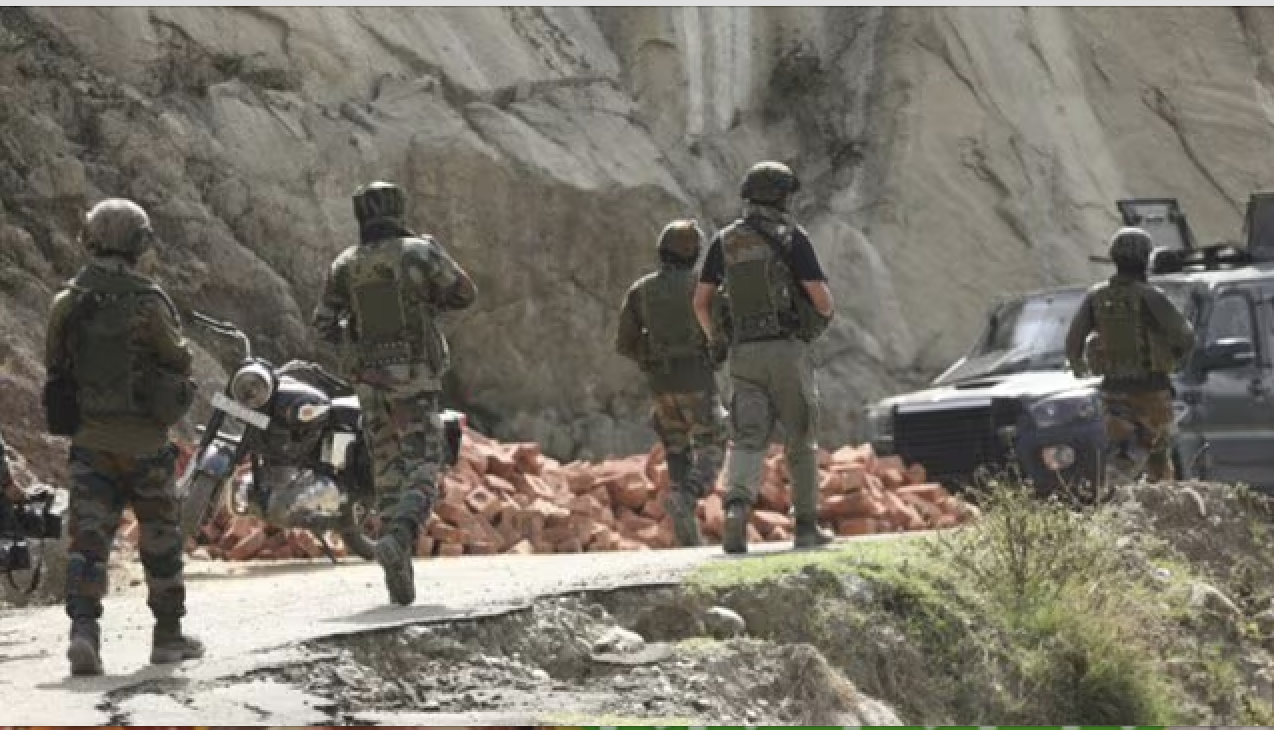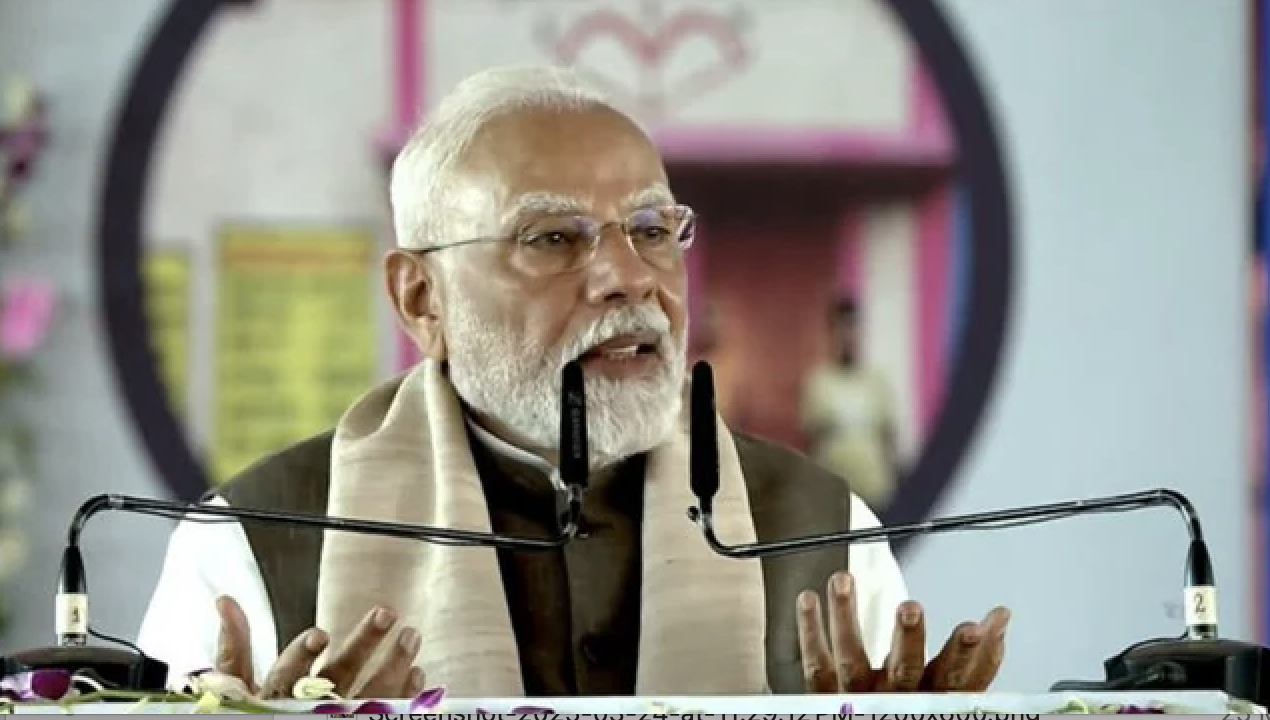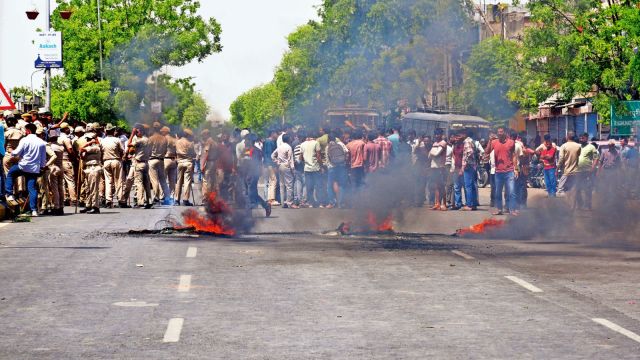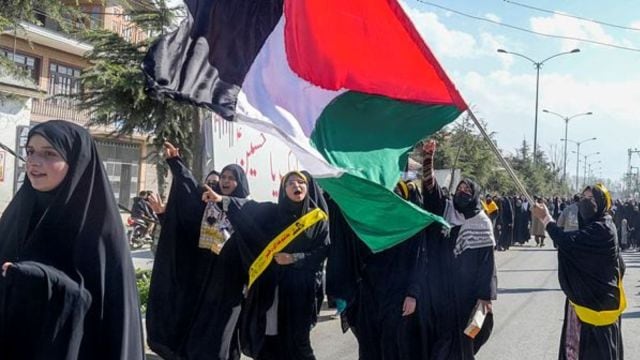
Stephen Lam / Reuters
The leak in October of internal documents from the technology giant Facebook has revealed damning details about the company’s practices. The firm, which recently rebranded as Meta, was aware of but ignored the harmful consequences of its social media platforms around the world. Facebook employees were especially alarmed by developments in India, which makes up its single largest market with 340 million users. The memos show that Facebook knew its pages were being used to peddle misinformation and target India’s 172 million Muslims with hate speech and depictions of violence. Facebook’s algorithms steered this content to users even as its monitoring mechanisms failed; it has artificial intelligence algorithms capable of screening content in only five of India’s 22 official languages. The nearly trillion-dollar company chose to do precious little, blaming scanty resources.
This scandal has directed deserved attention to Facebook’s operations in its newer markets. But the company’s travails in India reveal a broader truth. The bigotry evident on Facebook is less a product of its algorithms than of changes in Indian society. As more Indians gain access to the public sphere made possible by the Internet and social media companies, they have brought some of their prejudices with them.
The expansion of the Internet in India has coincided with the rise of Prime Minister Narendra Modi and his Hindu nationalist Bharatiya Janata Party (BJP). Since he became prime minister in 2014, the number of Internet users has quadrupled, from 213 million to 825 million. In 2020 alone, 78 million Indians used social media for the first time. Facebook, Instagram, and WhatsApp have allowed hundreds of millions to enter the public sphere from which they have long felt excluded. But that widening of the public sphere has also underlined the erosion of India’s liberal foundations. The online behavior enabled by Facebook and other social media platforms points to how democratization and greater political inclusion have, ironically, pushed India away from its founding ideals.
WISHFUL THINKING
India’s constitution, enacted in 1950 in the aftermath of British rule, proclaimed a state that was, in the main, a Western-style secular, liberal democracy. Individuals were not just the political units of the newly independent country, they were also the social and economic units.
But this assumption of individualism and liberalism was at odds then and remains at odds today with how Indians actually live their lives. A 2021 Pew Research Center survey, one of the largest of its kind, found that although most Indians are religiously tolerant, large majorities of them—be they Hindu, Muslim, or Sikh—live among their coreligionists, have friends mainly from their own backgrounds, and continue to identify with their caste (a form of affiliation that India’s founders sought to purge from Indian society). The survey also found that for a majority of Hindus (who constitute 80 percent of the Indian population), their national identity, religion, and primary language (Hindi, which is the main language in many of the northern and central regions of the country) are closely aligned. This mingling of segregation and tolerance, collective identity and individual votes, is how most Indian lives are lived.
The founders of modern India—men such as Jawaharlal Nehru, the first prime minister, and B. R. Ambedkar, the first law minister who supervised the drafting of India’s constitution— were aware that their vision was at odds with this lived reality of most Indians. But as the political theorist Madhav Khosla has argued, they hoped that “the explication of rules through codification,” a centralized state, and representation centered on individuals would over time reconstitute a traditional, group-based society into one fit for an enlightened liberal democratic state.
Their high-minded—some would say condescending—elitism persisted for decades as the governing logic of India thanks to the gratitude Indians reserved for the Congress party, which led India’s independence movement against the British, and the personal popularity of Nehru. India’s English-speaking ruling elites were also helped by the fact that in those early years of the republic, few Indians were empowered enough or engaged enough to meaningfully participate in the political process. At Indian independence in 1947, barely one in ten Indians could read and write (compared with nearly eight in ten today). Fifty-five parties competed at the national level in India’s first election in 1951 (compared with 669 parties in the latest 2019 national elections). And in those 1951 elections, there was a 45 percent turnout of the country’s 176 million eligible voters (compared with a 67 percent turnout among more than 900 million voters in the last election). India’s early liberalism rested on a narrow base.
This base of apolitical citizenry allowed elites to graft a Western-style liberal democracy onto a society far removed from the West. The experiment’s seeming success stoked the hubris that a decades-old modern state could transform a millennia-old society. Instead, as Indians have become more literate, more urban, more informed, and now more Internet-savvy, they have advanced not a liberal state but rather one reflective of India’s groups and hierarchies. It is society that has transformed the state.
OPENING THE DOOR
Modern India’s founders wanted to prevent the emergence of a Hindu version of Muslim-majority Pakistan—a state that reflected the mores of its majority religious community. And as long as the Congress party remained popular and India’s Hindu majority voted along other lines—such as in terms of class and caste affiliation—Hindu nationalists struggled to gain electoral ground. But as I show in my recent book, India Before Modi: How the BJP Came to Power, Hindu nationalists have worked for a hundred years to create a unified Hindu voting bloc, both by courting low-caste Hindus and by antagonizing Muslims. Under the low-caste Modi, this transformation seems to be nearing completion. His voters are far removed from the upper-caste, middle-class Hindus—a numerical minority of the Indian population—who formed the initial base of Hindu nationalist parties. Like the man himself, Modi’s voters tend to be poorer, newly educated, and lower down the caste hierarchy. They are, not coincidentally, the very groups that have driven the expansion of social media in the last few years.
Techno-utopians imagined that access to the Internet would free individuals from the constraining bonds of society, encouraging new self-definitions and habits of reasoned debate. This dream—a digital avatar of the once popular “modernization theory” that imagined that all societies could develop on roughly linear trajectories toward a version of liberal Western modernity—has proven wishful in most places, but in the Indian context it is a hallucination.
Today’s Internet-savvy Indians are continents removed from their compatriots who populate Silicon Valley, never mind the English-speaking elites who founded the republic. Over 90 percent of Indians browse on their smartphone rather than a computer or laptop. Many have recently acquired a phone for the first time in their lives. Even though most Indians can technically read and write, few engage critically with the written word. A 2016 survey of 589 rural districts found that 50 percent of students could not read books intended even for three grade levels below their own. A news-portal owner estimated to me that just ten million Indians are capable of reading a book in any language. As he put it: “A country of 1.2 billion people has the reading population of Belgium.” And rather than seeing the Internet as a space to redefine themselves, Indians continue to enact group affiliations of caste, religion, and region. An earlier Facebook study had found that the median membership of groups Indians joined was 140,000 users, suggesting that Indians prefer the safety of large groups to the solitude of individual pursuits.
THE INTERNET PRIME MINISTER
Modi is the politician who has best grasped the impact of the Internet in India and the social mores it reflects. He maintains gigantic presences on Facebook, Instagram, and YouTube, as well as a host of local apps. Modi’s 72 million followers on Twitter make him by far the most popular Indian on the social media platform. In second place is the Bollywood actor Amitabh Bachchan, at a distant 46 million followers. When the American television anchor Megyn Kelly asked Modi in 2017 if he had ever heard of Twitter, it prompted a storm of derision from the prime minister’s followers. He is today the third most followed politician globally, after former U.S. Presidents Barack Obama and Donald Trump.
If an online cult is one way in which Modi has used the Internet boom to boost his popularity, the second is by moving government services online. Indian state capacity—the ability of the government to execute its will—is historically mediocre. But Modi has been able to bypass these traditional failings by deploying digital technology to deliver private welfare, such as the distribution of cooking gas cylinders to poor women, in a way that wins votes. Perhaps the most striking example of this savvy is a countrywide digital platform that has helped get at least one dose of COVID-19 vaccines to 80 percent of India’s adult population; the United States, with one-fourth of India’s population and many times its state capacity, has managed to get one dose into only 69 percent of adults. And in contrast to the handwritten vaccine certificates that Americans must keep safe, Indians can download their proof of vaccination at any time, alongside an outsize photograph of Modi to remind them who deserves their grateful votes.
The third way the government has used the Internet is altogether insidious: the fomenting of an assertive Hindu identity. A typical example is that of T. Raja Singh, a BJP politician who has posted messages to Facebook calling for Rohingya Muslim migrants from Myanmar to be shot and threatening to knock down mosques. The Wall Street Journal reported that although Facebook employees concluded internally that the posts violated the company’s hate speech rules, the politician continued to be active on Facebook and Instagram.
The landscape of Indian social media reflects the group-based and fragmented nature of Indian society, with representatives of every caste and religion occasionally spewing such hateful rhetoric. But the preponderance of pro-Hindu and anti-Muslim voices—something that Facebook’s internal documents suggest—is both because Hindus are a majority of the Indian population and because they have the backing of the state.
This state patronage is crucial. The Modi government has aided the dissemination of hate speech and disinformation through legislation. Soon after Twitter defied an order to take down 1,178 accounts related to antigovernment protests by farmers in early 2021, the government passed new regulations on social media. These require the platforms to trace the originators of content, create a bureaucracy within India that must respond to complaints, and take down content within 36 hours of a government or court order. These measures are in keeping with global trends to regulate social media, but in the hands of the current Indian government, they raise fears of the selective suppression of speech. It is telling that this Web censorship has met with little resistance from the very Indians who use the Internet most. They could well share its goals.
INCLUSIVE AND ILLIBERAL
The Internet revolution has given millions upon millions of Indians a voice in the public sphere. They are keen to make their own “tryst with destiny”—as Nehru described the moment of India’s independence from the United Kingdom—in less affected language. But with this bottom-up self-assertion has come the bile that so terrified the founders of modern India. Such a dynamic helps explain the success of a prime minister whose popularity rests on his appeal to group identities and prejudices. This is the real predicament that the Facebook scandal reveals. Millions of ordinary Indians have harnessed the tools of Western modernity, but they are uninterested in being transformed by it.
This story first appeared on foreignaffairs.com






